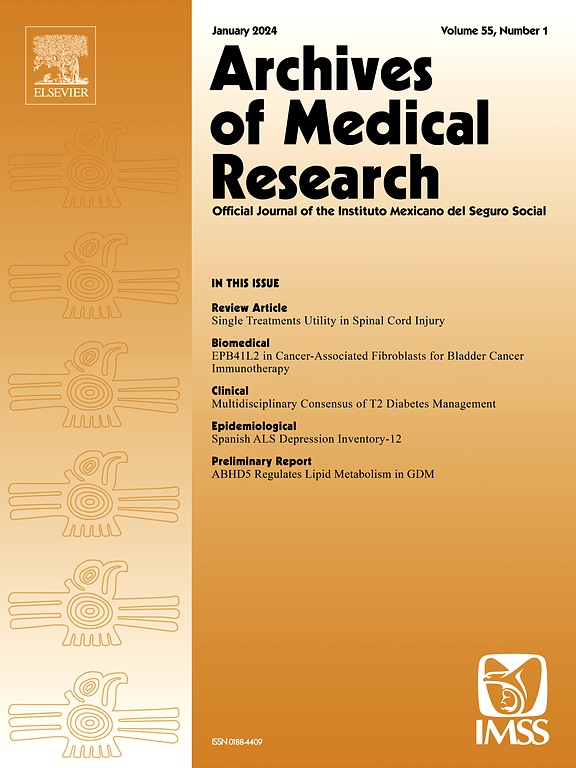Spatial Approach to Cardiac Electrical Dynamics: Evaluation of Surrogate Biomarkers of Differences in Drug-Induced Multichannel Block
IF 3.4
3区 医学
Q1 MEDICINE, RESEARCH & EXPERIMENTAL
引用次数: 0
Abstract
Background and Aims
Torsade de Pointes (TdP), a side effect of many marketed drugs, can lead to sudden cardiac death. Regulatory guidelines require quantification of hERG channel block by QT interval prolongation on ECG, although its predictive value remains low. To propose a novel normalization technique for vectorcardiographic loops, enabling improved derivation of conventional and new indices for the robust identification of multiple cardiac ion channel blockades associated with TdP risk.
Methods
A robust method was developed to obtain angular parameters from ECG loops by normalizing for baseline drift using principal component analysis. Linear (via differentiation) and angular (via quaternion algebra) velocities were assessed to identify differential features between multichannel and selective hERG-blocking drugs. Furthermore, bidirectional baseline correction allowed more accurate extraction of ECG wave extrema and peaks, improving the robustness of the QT interval and other temporal measurements. The proposed dynamic biomarkers were evaluated in 22 subjects enrolled in a clinical trial of four known QT-prolonging drugs.
Results
The two high-risk drugs exhibited drug-induced changes (p < 0.0005) in velocity during ventricular repolarization. Strong calcium or sodium blockers reduced the effect on velocity caused by hERG potassium channel block. A tendency to symmetry of angular values was observed with high-risk drugs. The alternative temporal indices showed a high correlation (r > 0.9) with standard indices. Differences emerged between the T-wave end and the angular velocity marker of ventricular repolarization end.
Conclusion
Spatial analysis of cardiac signals and the new dynamic measures could complement current standards and support safer drug development.
心电动力学的空间方法:药物诱导的多通道阻滞差异的替代生物标志物的评估
背景和AimsTorsade de Pointes (TdP)是许多上市药物的副作用,可导致心源性猝死。调节指南要求通过心电图QT间期延长来量化hERG通道阻滞,尽管其预测价值仍然很低。提出一种新的矢量心动图回路归一化技术,能够改进传统和新指标的推导,以可靠地识别与TdP风险相关的多个心脏离子通道阻塞。方法利用主成分分析对基线漂移进行归一化,建立了一种鲁棒的心电回路角参数获取方法。评估了线性(通过微分)和角速度(通过四元数代数),以确定多通道和选择性heg阻断药物之间的差异特征。此外,双向基线校正可以更准确地提取心电波极值和峰值,提高QT间期和其他时间测量的稳健性。该动态生物标志物在22名受试者中进行了评估,这些受试者参加了四种已知的延长qt药物的临床试验。结果两种高危药物均表现出药物性改变(p <;0.0005)心室复极时的速度。强钙或钠阻滞剂降低了hERG钾通道阻滞对流速的影响。观察到高危药物的角值趋于对称。各备选时间指标均表现出较高的相关性(r >;0.9),指标标准。t波端与心室复极端角速度标志存在差异。结论心脏信号的空间分析和新的动态测量方法可以补充现行标准,支持更安全的药物开发。
本文章由计算机程序翻译,如有差异,请以英文原文为准。
求助全文
约1分钟内获得全文
求助全文
来源期刊

Archives of Medical Research
医学-医学:研究与实验
CiteScore
12.50
自引率
0.00%
发文量
84
审稿时长
28 days
期刊介绍:
Archives of Medical Research serves as a platform for publishing original peer-reviewed medical research, aiming to bridge gaps created by medical specialization. The journal covers three main categories - biomedical, clinical, and epidemiological contributions, along with review articles and preliminary communications. With an international scope, it presents the study of diseases from diverse perspectives, offering the medical community original investigations ranging from molecular biology to clinical epidemiology in a single publication.
 求助内容:
求助内容: 应助结果提醒方式:
应助结果提醒方式:


